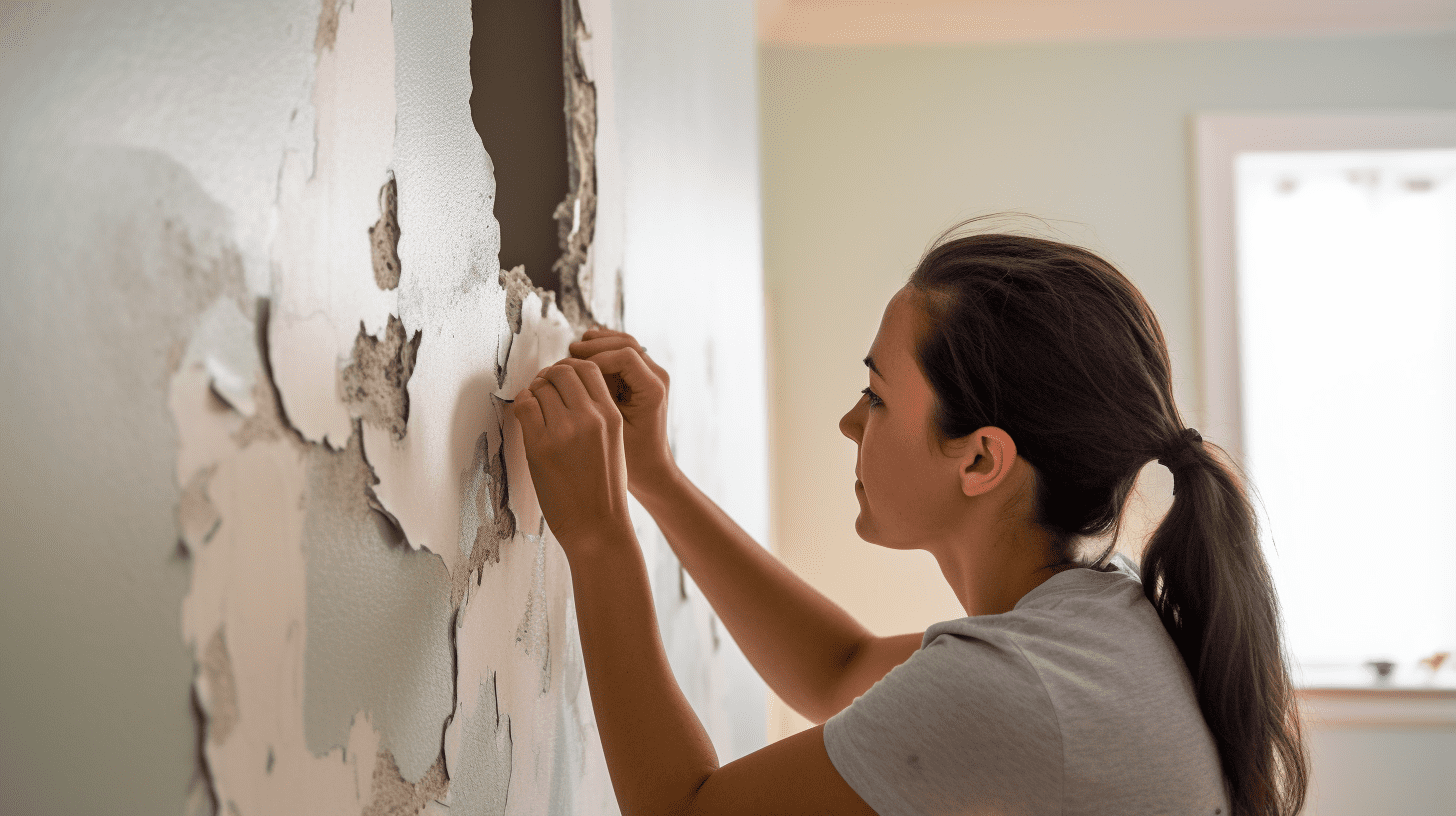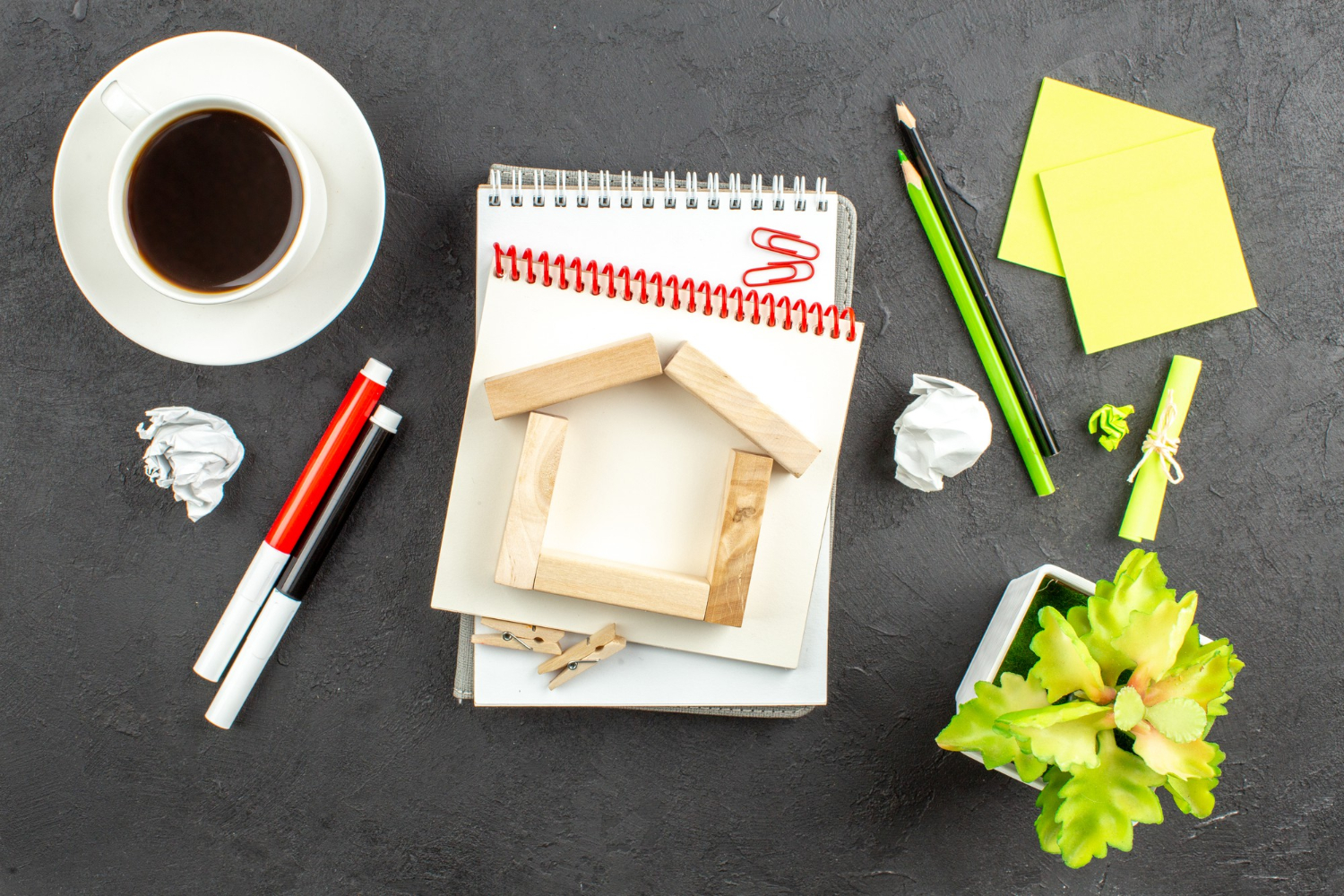How to Patch Small Holes in Drywall

Every homeowner or renter faces the challenge of small holes in drywall at some point. Whether it’s from relocating framed art, mounting shelves, or accidental damage, fixing these imperfections is a must. Fortunately, patching small holes is a DIY-friendly task. Let’s walk through the steps to to patch small holes in drywall to make your walls look as good as new.
Why It’s Essential to Patch Drywall Holes
Before diving into the process, it’s worth understanding why patching these holes is important:
- Aesthetics: Clean walls contribute significantly to a room’s overall appearance.
- Prevent further damage: Unattended holes can expand over time, especially in high-traffic areas. HomeAdvisor highlights the importance of timely home repairs.
- Maintain property value: Regular maintenance, including wall repairs, preserves and can even increase property value. Learn more about property maintenance from This Old House.
Materials and Tools You’ll Need:
- Spackling paste or joint compound
- Putty knife
- Fine-grit sandpaper
- Clean cloth or sponge
- Primer and paint (to match the existing wall color)
For a detailed list of essential home repair tools, check out Family Handyman’s comprehensive guides.
Step-by-Step Guide to Patching Small Holes in Drywall:
1. Prepare the Area
- Clean the Hole: Before starting, wipe away any loose debris around the hole using a clean cloth or sponge.
2. Apply the Spackling Paste
- Load Your Putty Knife: Scoop a small amount of spackling paste onto your putty knife.
- Fill the Hole: Press the spackling paste into the hole. Ensure you’re applying it as smoothly as possible, filling the entire depth of the hole.
- Smooth the Surface: After filling the hole, run your putty knife flat across the hole’s surface to ensure the spackling paste is level with the rest of the wall. Get tips on spackling from experts at Lowe’s.
3. Allow to Dry
- Depending on the product you’re using and the hole’s size, drying might take a few hours to an entire day. Always refer to the product’s label for accurate drying times.
4. Sand the Area
- Once dried, use fine-grit sandpaper to gently smooth the repaired area. Ensure the patch is flush with the surrounding drywall. For sanding tips, Bob Vila’s website is a go-to resource.
5. Prime and Paint
- After sanding, it’s essential to apply a primer over the patch. This ensures that the paint will adhere correctly and uniformly.
- Once the primer has dried, paint over the patched area using a paint that matches the existing wall color. You can learn about the importance of priming from Behr’s official site.
Expert Tips for a Seamless Finish
- Texture Matters: If your wall has a textured finish, try to replicate it on the patched area. This can be achieved by dabbing a paintbrush or sponge into wet spackling paste and stippling the patched area until the desired texture is reached.
- Paint Blending: Instead of painting just the patched spot, consider painting a larger section of the wall, or even the entire wall, for a seamless look. Sometimes, even when using the same paint, there can be slight color variations due to factors like age or sun exposure.
- Keep Essentials Handy: It’s a good idea to have some spackling paste, sandpaper, and touch-up paint handy for quick fixes in the future.
Conclusion
Repairing small holes in drywall might seem like a trivial task, but it plays a pivotal role in maintaining the beauty and integrity of your home’s interiors. With the right tools and a bit of patience, you can restore your walls to their original, pristine condition.




